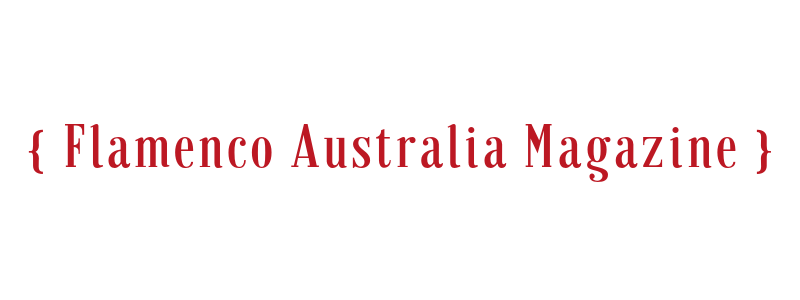Dilution and Duende – Part 2
An insight into a conservatorium students outlook on “flamenco puro”
Opera Flamenca Poster 1940
Continued from Part 1Later, Flamenco spread throughout Spain and Europe becoming more of a novelty in cafes. In the 1920’s “Opera Flamenca” became the dominant genre of flamenco, and this was commonly seen by purists as a menial travesty of the gypsies authentic “cante”. This historical dilution was centred upon by “flamencologos” (specialists) who pooled Gypsy anthologies, resources and oral traditions, compiling an elaborate inventory issued to “shed light on the history, diversity and meaning of flamenco.”*In order to firmly establish exactly how diluted flamenco can get in the global culture of today I went to a cd shop and purchased 2 cd’s advertised as flamenco “The best of Paco Pena” and “Flamenco Lounge”. I chose one song from each cd that I felt best showed the differences between traditional “flamenco puro” and modern “flamenco lounge” and will construe the main facets in order to outline instances of “dilution”.Track 1 is a Bulerias by Paco Pena, It exhibits the complex hemiola, cross rhythms, chord structure and many traditional harmonic “flasettas”. It is full of interesting and very distinct flamenco right hand techniques including rasguedos, abiniquo (triplets with PA and I) and lots of thumb passages including alzapua (thumb triplet). Harmonically there is the obvious phrygian dominance, as well as much use of flat 9 (very typical in flamenco puro melodies).Track 2 is called “tres sin dos” - Ribera Maya from the album “Flamenco Lounge”. This piece exhibits the modern conception of flamenco. Some instantly recognisable differences include; that it is not a solo, the percussion is obviously sampled and the piece is played on steel string guitars. The underlining chord ostinato (m1, maj6, dom5) is very simple in comparison and the flamenco feel is obviously conveyed by the castenets and phrygian based solo. The solo incorporates the cliché of 3rds patterns on the top strings but also many jazz elements. For example such as descending 9th arpeggios, the blues scale and sliding up to notes.As you can see there are blatantly obvious differences in complexity and skill levels between the pieces, which covers the aspects of technique and harmony. Interestingly this portrays what is considered by popular popular culture to be flamenco, an obvious dilution (although in many instances an addition) to “Flamenco Puro”.[ad name="googleadt"]In opposition to the term “dilution” which I feel denotes negative connotations, I believe that the evolution from puro has actually enhanced many sides of flamenco.
Modern flamenco puro players such as Vicente Amigo and Tomatito incorporate jazz harmony and orchestration in their compositions (CD track 3 Tomatito “Pa Salinas”).
Furthermore The Hip-Hop/flamenco fusion band “Ojos De Brujo” exhibits international success melding its traditional rhythms with Spanish rap, appealing to popular culture.(CD track 4 Ojos De Brujo “Cale Bari”).
On more of a micro level, recently I have been a rhythm guitarist in my friend “Gian’s” Flamenco/RNB group, and we have been playing at night clubs and bars, getting great responses (although inhibiting the process of this essay). (CD track 5 Gian “Seniorita”)
With my experience of playing flamenco in gigs, I have found that this dilution of Puro is slightly necessary, as there is a dominance of culturally illiterate people in “the land of footy and beer” who are only interested if you can play something really fast.
Nevertheless, my group “Los Tres Monos” have many original compositions which involve the main aspects of flamenco puro, and often we are approached by Spanish aficionados who ask us to play them certain compasses/cantes which we happily oblige. (CD track 6 Los Tres Monos “New Tails”).
The final part of Will's article has been scheduled for tomorrow.... Dilution and Duende - Part 3BibliographyRienhard.G Pauly, “flamenco: gypsy dance and music from Andalusia” Amadeus press, c1990.Federico Garcia Lorca “The Duende: Theory and Divertissement” 1930http://www.musicpsyche.org/Lorca-Duende.htm







